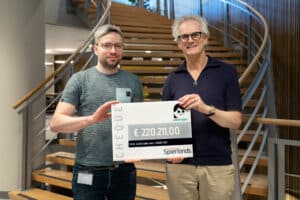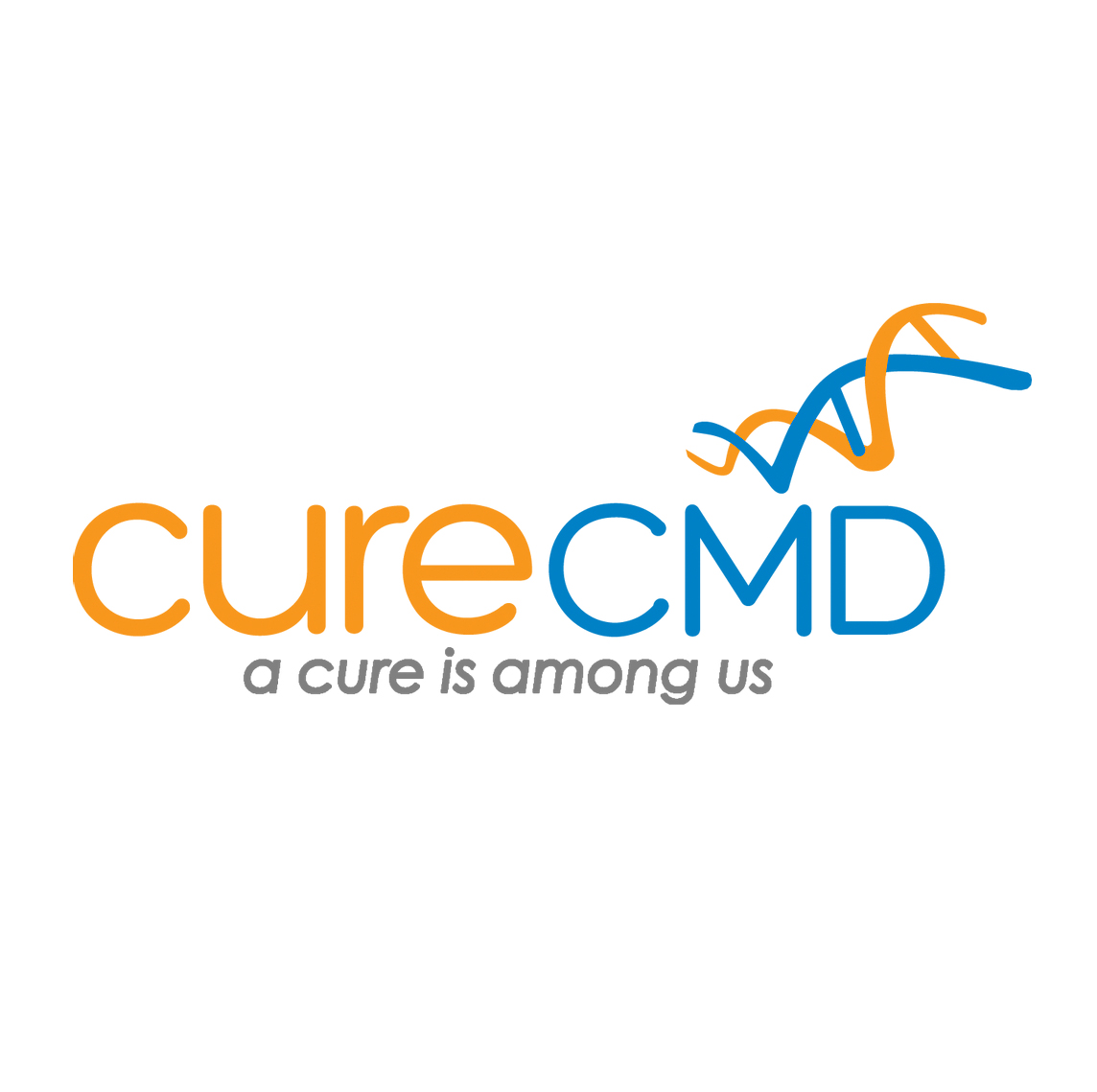Postdoc Boris Shneyer provides an update on his research into LAMA2-RD
Postdoctoral researcher Boris Shneyer shares the latest developments in his research on LAMA2-RD, the progress made so far, and the perspectives this offers for patients affected by this rare, inherited muscle disease. Thanks to the support of Stichting Voor Sara and the Prinses Beatrix Spierfonds, he is working on an innovative stem cell therapy based on patient-derived material.
The research group of Prof. Dr. Bert Smeets is committed to develop and produce a patient-derived stem-cell-based therapy for rare, genetic muscle diseases. As a postdoctoral researcher in the group, my work focuses on LAMA2-related dystrophy (LAMA2-RD), a severe muscular dystrophy. Thanks to the support of the Voor Sara Foundation and the Prinses Beatrix Spierfonds, I am able to carry out a two-year research project aimed at developing a novel therapy for LAMA2-RD patients carrying a LAMA2 mutation, which is common in the Netherlands.
In the Netherlands, about 1/3 of the LAMA2-RD patients have the same mutation in one or both copies of the LAMA2-gene. This mutation has the same ancestry and is called a founder mutation. This mutation in the LAMA2 gene causes the body to make three different versions of the LAMA2 protein, one of which is only slightly shorter, the other 2 are truncated, non-functional proteins. LAMA2 related muscular dystrophy (LAMA2-RD) patients with the founder mutation are less severly affected than the patients with no functional LAMA2 protein, which suggests that the shorter LAMA2 protein may be partially functional. This means that increasing the amount of this protein could bring therapeutic benefits.

Boris Shneyer (left) and Bert Smeets.
Presence of LAMA2-protein in muscle biopsies
The first step is to make sure that the shorter protein is indeed functional. Limited data from literature shows the presence of LAMA2-protein in muscle biopsies of patients with the founder mutation, which is encouraging. In order to quantify these observations, we will measure the levels of the LAMA2 protein in biopsies (muscle and skin) and patient cells, compare them with controls and relate them to the clinical symptoms. We expect to see that patients with higher LAMA2 protein levels have fewer symptoms.
We have built and optimized the workflow needed for these measurements. To be able to collect this data, we have submitted a clinical study for approval to analyze biopsies and cells that were taken in the past. We are also submitting other clinical studies. One study aims to collect skin biopsies to measure LAMA2 protein levels. Skin biopsies have advantages over muscle biopsies – it is easier to measure LAMA2 protein levels in them and they are much less invasive than muscle biopsies.
ASO-therapy
The next step is to increase the amount of the shorter protein. We are testing a new treatment called antisense oligonucleotide (ASO) therapy. ASOs are small molecules that can change the way cells make proteins and can be used to increase the amount of the shorter LAMA2 protein. To test this therapy, we use muscle stem cells from LAMA2MD patients, which carry the founder mutation.
We found that indeed ASO treatment increases the levels of the shorter LAMA2 protein, that its effect lasts for at least two weeks and that the effect persists when muscle cells fuse into muscle fibers. This is an important step in confirming that the treatment can work.
A third study is being prepared to collect muscle cells from more patients with the founder mutation, which will allow further testing of the ASO therapy in patient cells. My work combines genetic tools and innovative therapeutic strategies to bring us closer to effective treatment options for patients.






